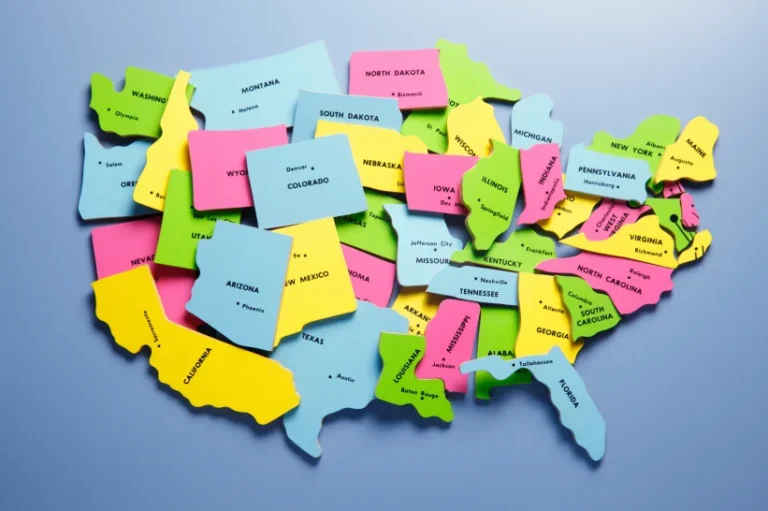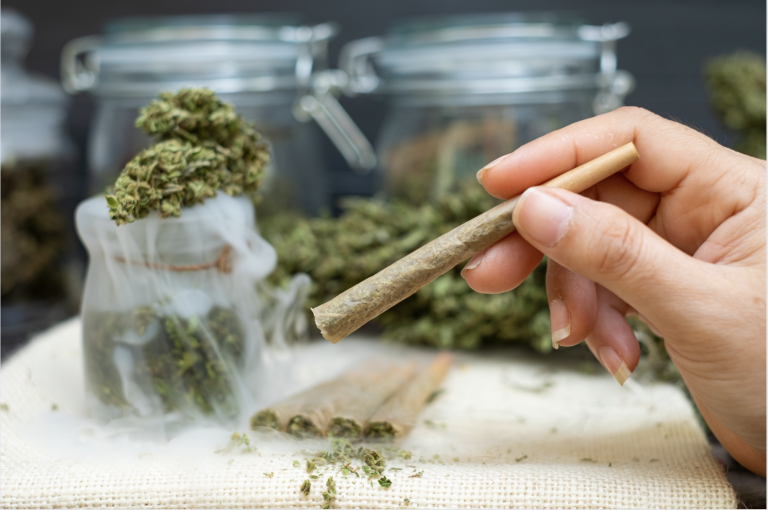Can You Buy Delta 8 at 18: A State-By-State Age Limit Guide
Delta 8 THC is a cannabis compound well-loved for its mild psychoactive effect. Compared to its sibling compound Delta 9 THC, Delta 8 is legal at the federal level, thanks to the passage of the 2018 Farm Bill. Albeit popular, the controversial cannabinoid has the heads of its consumers scratching. Delta 8 is being subjected…











